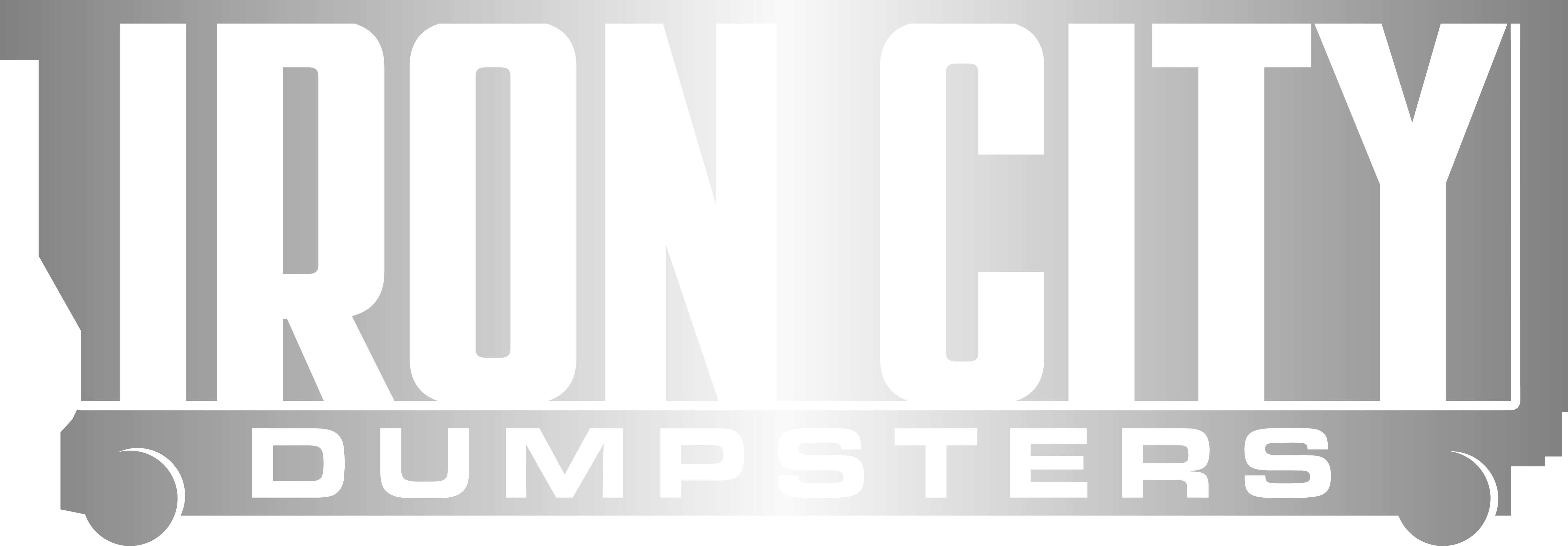Selecting the Right Dumpster Size for Your Home Project
Ever asked yourself “what size dumpster do I need?” Well, that’s a great question. Dumpsters come in a range of sizes, and choosing the right one for your project is essential. The wrong size can lead to overpayment and inconvenience, while the right size can save you time and money. Here are some tips to help you select the correct dumpster size.
- Assess the amount of waste you will be generating. Before you can choose a dumpster size, you need to have an idea of how much waste you will be generating. This will help you determine the volume of the dumpster you need. If you are unsure of the amount of waste you will be producing, you can use a waste calculator to estimate the volume (there are several free waste calculators online for various types of waste). Just know that many people underestimate the amount of waste they have and that will fit in a dumpster.
- Consider the type of waste you will be disposing of. The type of waste you will be disposing of will also affect the size of the dumpster you need. For example, if you will be disposing of heavy materials such as concrete, brick, dirt, rocks, etc. you will need a smaller dumpster due to the weight trucks can safely and legally carry. On the other hand, if you will be disposing of lighter materials such as regular construction debris, cardboard or paper, you can opt for a larger dumpster.
- Determine the space available for the dumpster. When selecting a dumpster size, you should also consider the space available for the dumpster. If you have a small driveway or limited space on your property, you may need to opt for a smaller dumpster. On the other hand, if you have a large driveway or ample space on your property, you can choose a larger dumpster.
- Consider the duration of the project. The duration of your home project will also influence the size of the dumpster you need. If you will be completing the project in a short amount of time, you may only need a small or medium-sized dumpster. However, if the project will take longer to complete, you may need a larger dumpster to accommodate the additional waste.
Dumpster sizes are typically 10, 15, 20, 30 or 40 cubic yards. There are 27 cubic feet of volume in one cubic yard (3 feet by 3 feet by 3 feet). Many companies don’t offer 40 yard dumpsters because they have a tendency to become overloaded such that trucks can’t even pull them up onto their rails. The 30 yard dumpsters are great for really large projects; however, they can get overloaded too and they take up much more space. Most people order 20 yard dumpsters because they are smaller, fit better in tight spaces, easier for people to throw construction debris over the edges and are less likely to damage driveways than the 30 or 40 yard containers.
In conclusion, selecting the correct dumpster size for your project is essential. By considering the amount and type of waste you will be generating, the space available, and the duration of the project, you can choose the right size dumpster to meet your needs. This will help ensure that your project runs smoothly and efficiently, saving you time and money in the process.
